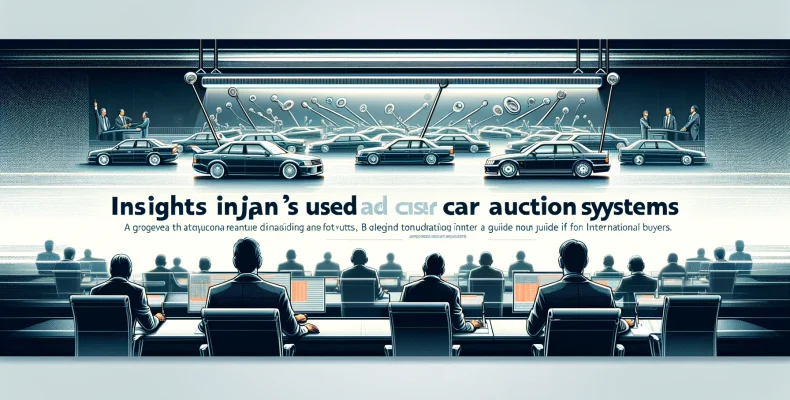Smartphone integration has revolutionized the driving experience, allowing users to seamlessly connect their devices with their vehicles. Japanese automakers have been at the forefront of this evolution, continuously developing cutting-edge technology to enhance convenience, safety, and entertainment on the road.
The Early Days of Smartphone Connectivity
Initially, smartphone integration was limited to basic Bluetooth pairing for hands-free calling and music streaming. This feature enabled drivers to make calls without taking their hands off the wheel, significantly improving road safety. However, functionality was often limited, and users had to navigate cumbersome interfaces.
Advancements in Infotainment Systems
As technology advanced, Japanese manufacturers introduced more sophisticated infotainment systems. Brands like Toyota, Honda, and Nissan began integrating touch-screen displays that supported smartphone functionalities. These systems allowed for:
- Voice Commands: Enabling drivers to control their phone without distractions.
- Navigation Integration: Providing real-time GPS updates through apps like Google Maps and Waze.
- Music and Podcast Streaming: Seamless access to platforms like Spotify and Apple Music.
Apple CarPlay and Android Auto Integration
The introduction of Apple CarPlay and Android Auto marked a significant milestone in smartphone connectivity. These platforms provide a user-friendly interface that mirrors smartphone functionality on the car’s infotainment screen. Drivers can now:
- Use voice assistants like Siri and Google Assistant for hands-free controls.
- Access messaging apps, making it easier to send and receive texts safely.
- Receive real-time traffic updates and route suggestions.
Japanese automakers have quickly adopted these features, with brands like Mazda and Subaru ensuring that even their base models support these integrations.
Wireless Connectivity and AI-Powered Assistants
The next phase in smartphone integration has been the move towards wireless connectivity. Newer models from Lexus, Toyota, and Nissan now support wireless Apple CarPlay and Android Auto, eliminating the need for cables and making the driving experience even more convenient.
Additionally, AI-powered assistants such as Toyota’s Yui and Honda’s Personal Assistant are enhancing user interactions by learning driver preferences, suggesting destinations, and providing personalized infotainment experiences.
The Future of Smartphone Integration in Japanese Cars
The future looks promising for smartphone integration in Japanese vehicles. Emerging trends include:
- 5G Connectivity: Faster data speeds for seamless cloud-based services.
- Augmented Reality (AR) Displays: Overlaying navigation and driving data onto windshields.
- Smartphone-Based Vehicle Control: Unlocking doors and starting engines remotely through apps.
Conclusion
Japanese car manufacturers continue to lead the way in smartphone integration, ensuring that vehicles remain technologically advanced and user-friendly. Whether you’re looking for an affordable compact car or a luxury vehicle, modern Japanese models offer superior connectivity and convenience.
If you’re interested in importing a high-quality Japanese used car with the latest smartphone integration features, check out these top-rated Japanese used car export companies:
🔹 SBT Co. Ltd.
🔹 EVERY Co., Ltd.
🔹 Be Forward
🔹 Qualitex Trading
🔹 Autorec Enterprise Ltd.
Japanese used cars are known for their reliability and advanced technology. Explore the best options today!
There are many Japanese Used Car, trucks buses, and farm tractors in all Japanese market.
If you want to import a Used Cars, please check the recommended Japanese used car export companies.
Top Recommended Japanese Used Car Export Companies for International Customers
